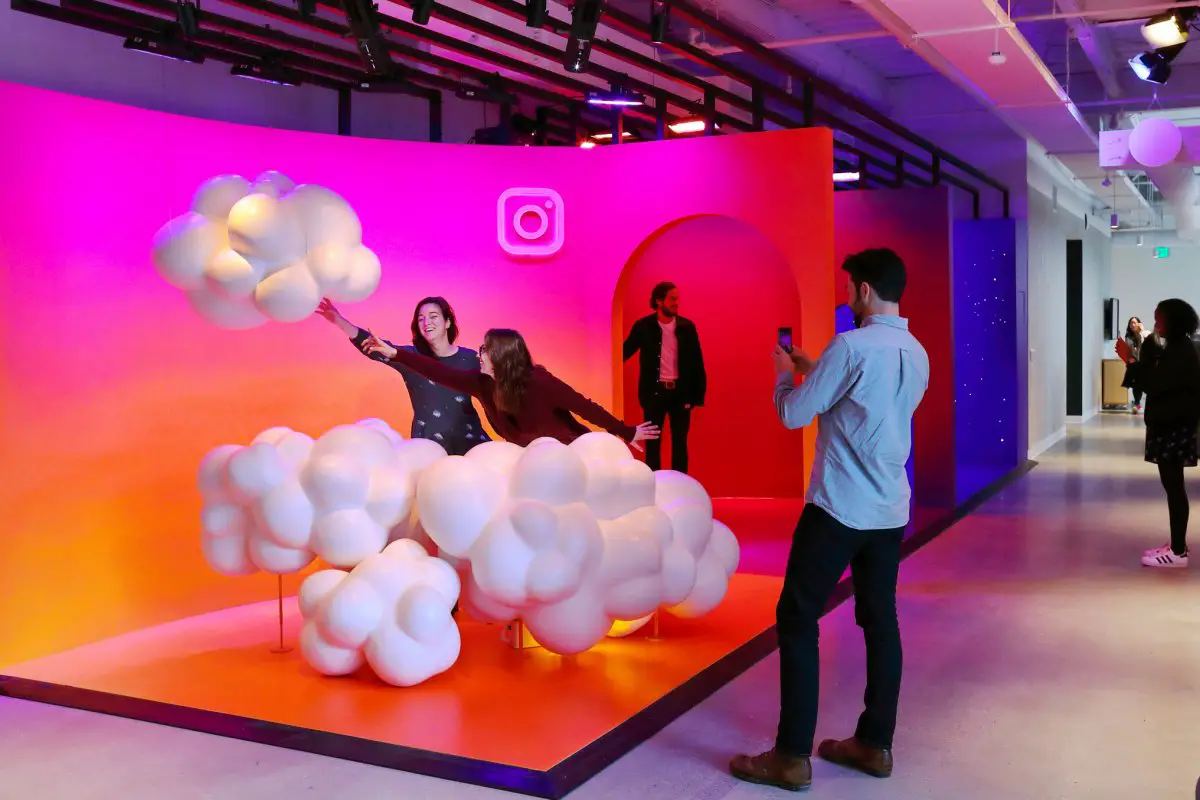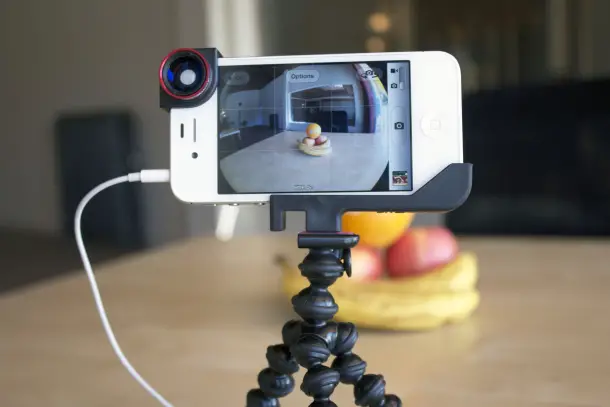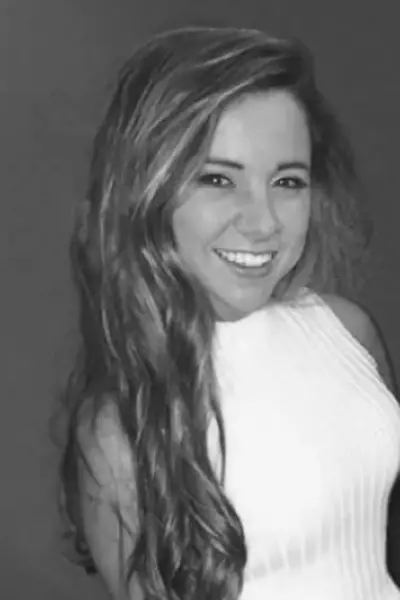Instagram and the Death of Photography
It’s one thing for a social media to become popular, but it’s another when it does so at the expense of an artistic medium.
By Mallory Arnold, Ohio University
Once the average 13-year old girl figured out she could post a picture of an old chair, slap a thought-provoking but irrelevant quote underneath it and post it to Instagram, life for professional photographers everywhere changed.
“Phoneography,” the neologism that describes the creation of photos that have been both shot and processed on an iOS device, has not only given consumers the ability to instantly post snap-worthy pictures with new, advanced iPhone cameras, it has forced professional photographers to compete with amateurs for their jobs. As a result, the democratization of photography has actually sent the industry into a nosedive.

In an interview with “The New York Times,” professional photographer Matt Eich commented on how, now that potential audiences can scroll through Instagram six times a day, the field has become hopelessly saturated. “There was a path,” Eich said, in reference to making a career out of photography, “but there isn’t one anymore.” According to recent statistics, the percentage of people who practice professional photography has decreased 15 percent since 2010, the year that Instagram debuted.
Not only is Instagram reducing the public’s appreciation for traditional photography, it’s replacing the medium with what is increasingly becoming a haven for native advertising, a method of commodification in which, as sponsors pay to incorporate their ads into pictures, the photos subtly become ads. Gabrielle Epstein, a 21-year old model with more than 700,000 followers, makes her living as an “Instagram model.”
By taking pictures that promote clothing, make-up, and jewelry lines, Epstein makes more money by posting a selfie than most models make working four days straight. Other women in Epstein’s field can make up to $50,000 a picture.
By paying models to furtively promote their products, companies gain access to an audience of millions, many of whom are unaware they are being manipulated. It should come as no surprise, then, that the number of Instagram photos shared at New York Fashion Week increased from the year before by more than 193 percent.
To companies, the math is simple: More pictures of their products means more exposure, which in turn means more profit.
But are these Instagram models trying to destroy photography? Absolutely not. But in the same way Facebook became increasingly commercial over the years, so too will Instagram (which is owned by Facebook). Unlike its mother company though, Instagram began as an artistic medium, one that atomized the field of photography; now, the egalitarianism is beginning to look more like cannibalism than democracy. So when it dies, when the last illusion of artistry fades away and the app simply becomes a marketplace funded by advertisement, where then will we go for photography?


















[…] References: Arnold, M. (2016, November 15). Instagram and the Death of Photography. Study Breaks. Retrieved from https://studybreaks.com/culture/instagram-might-actually-killing-photography/ […]